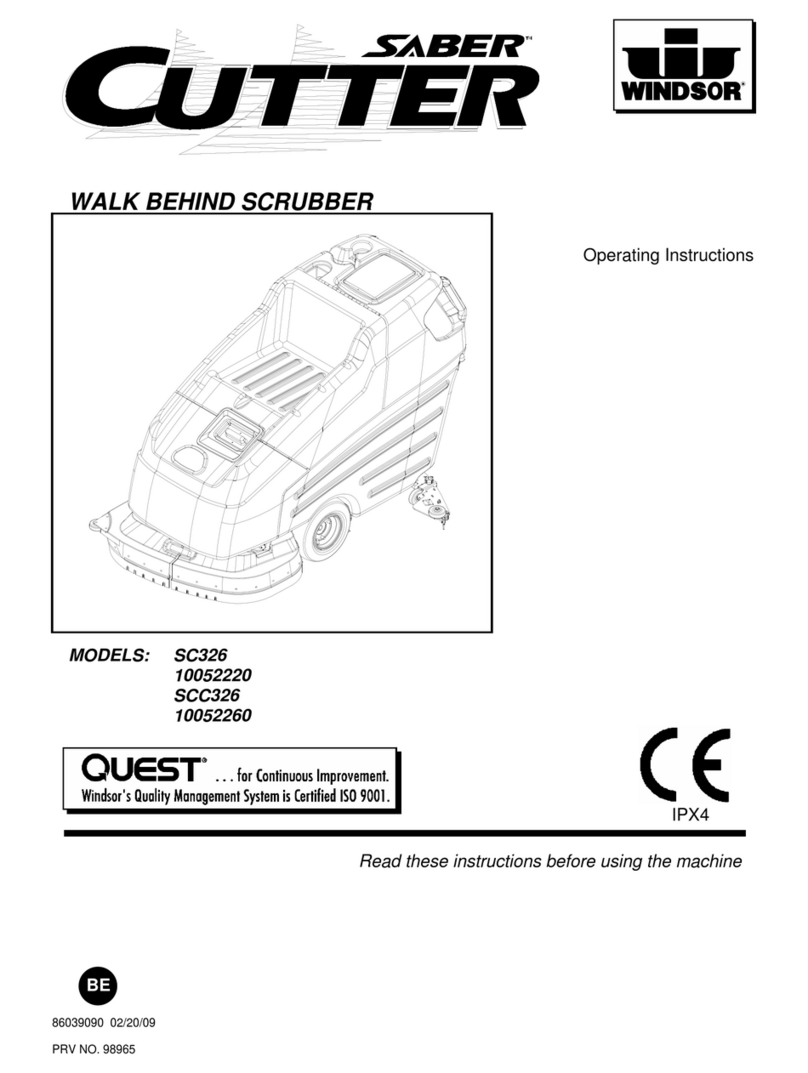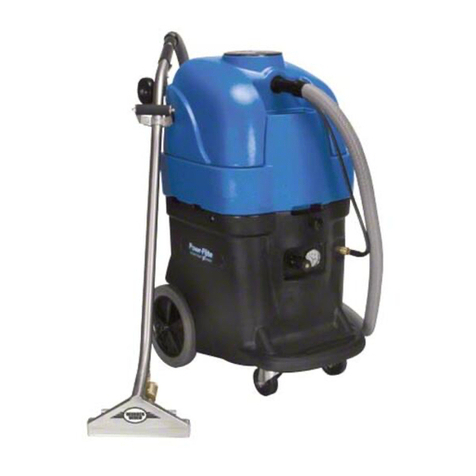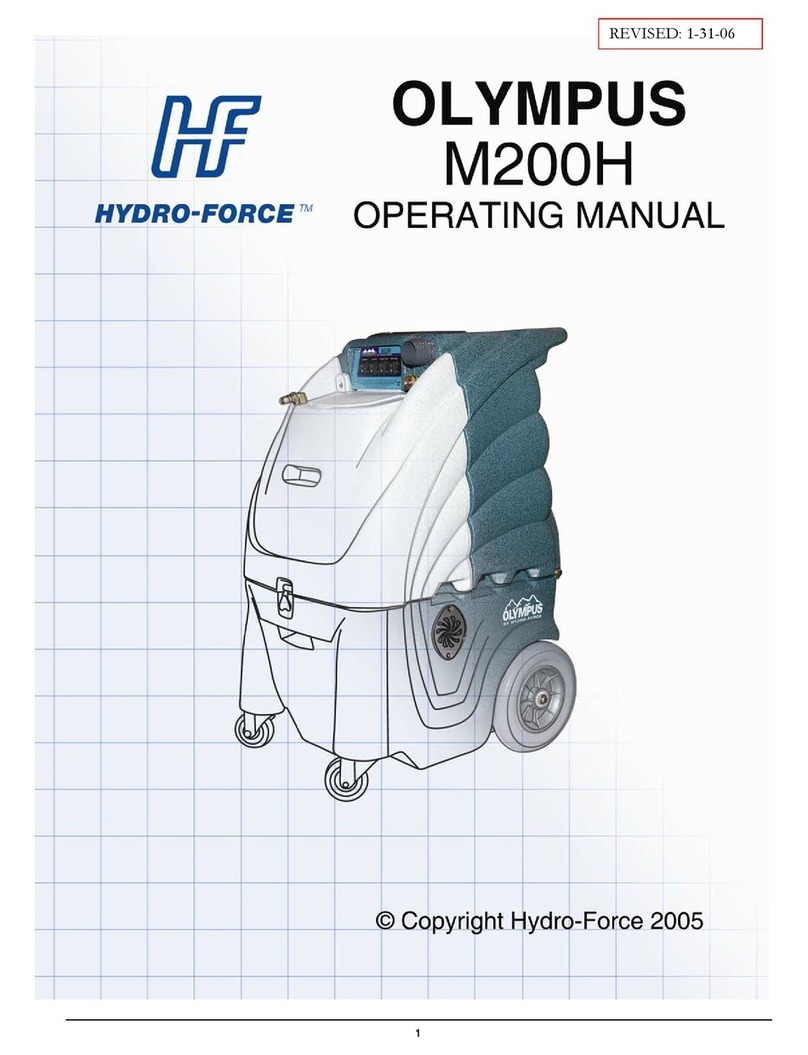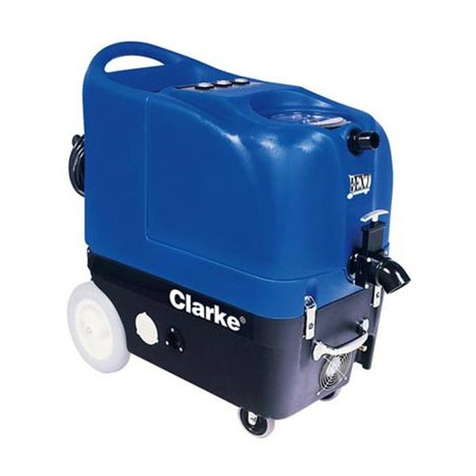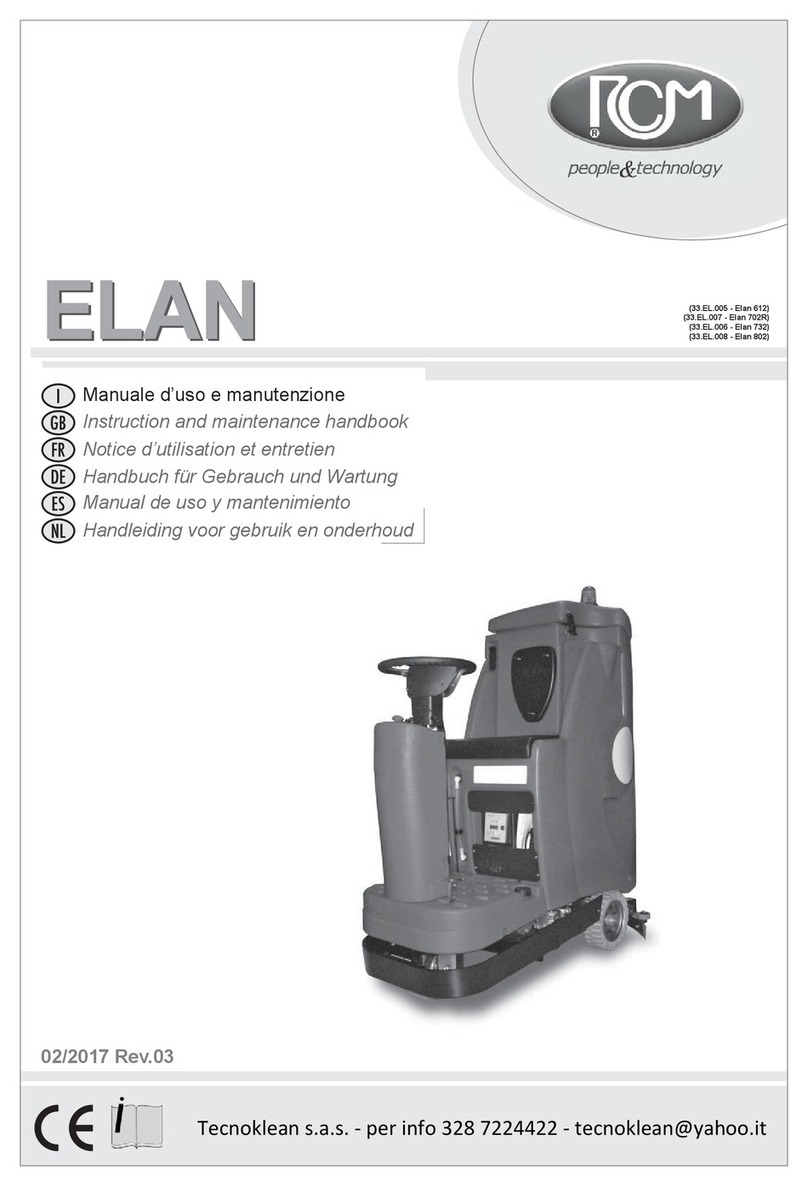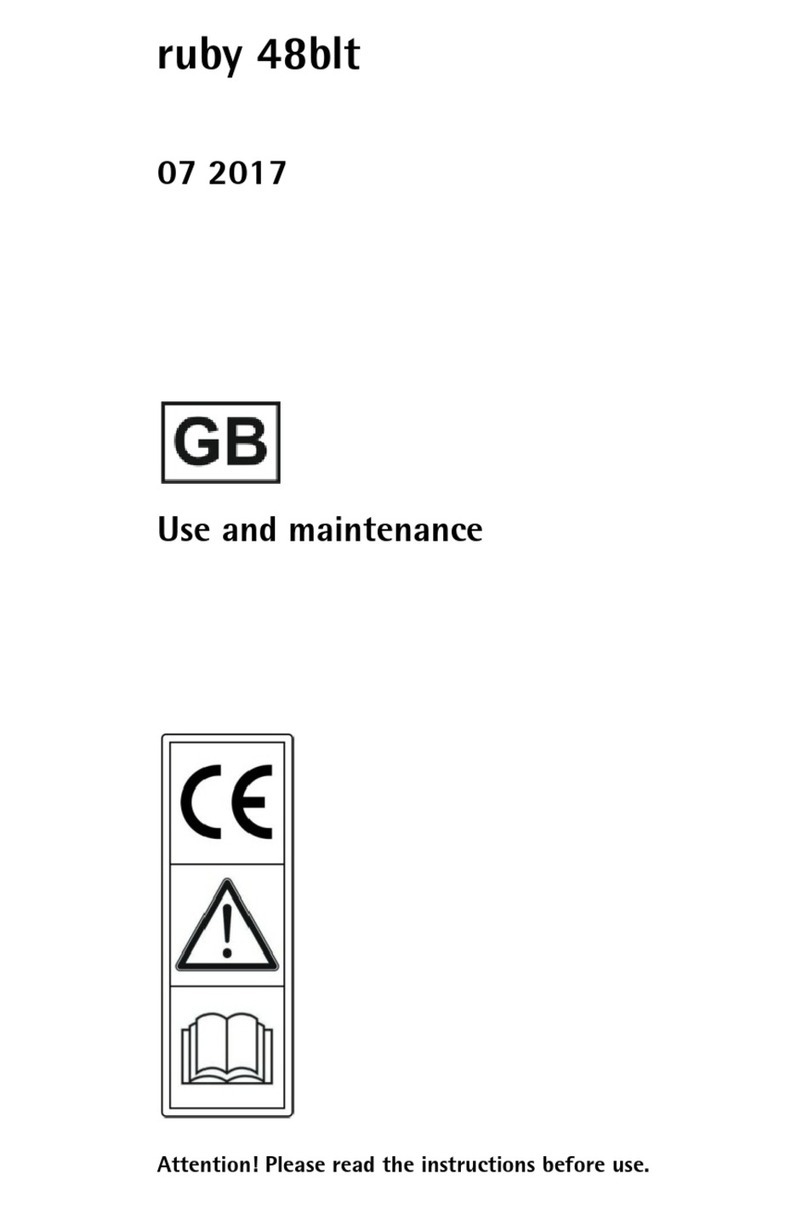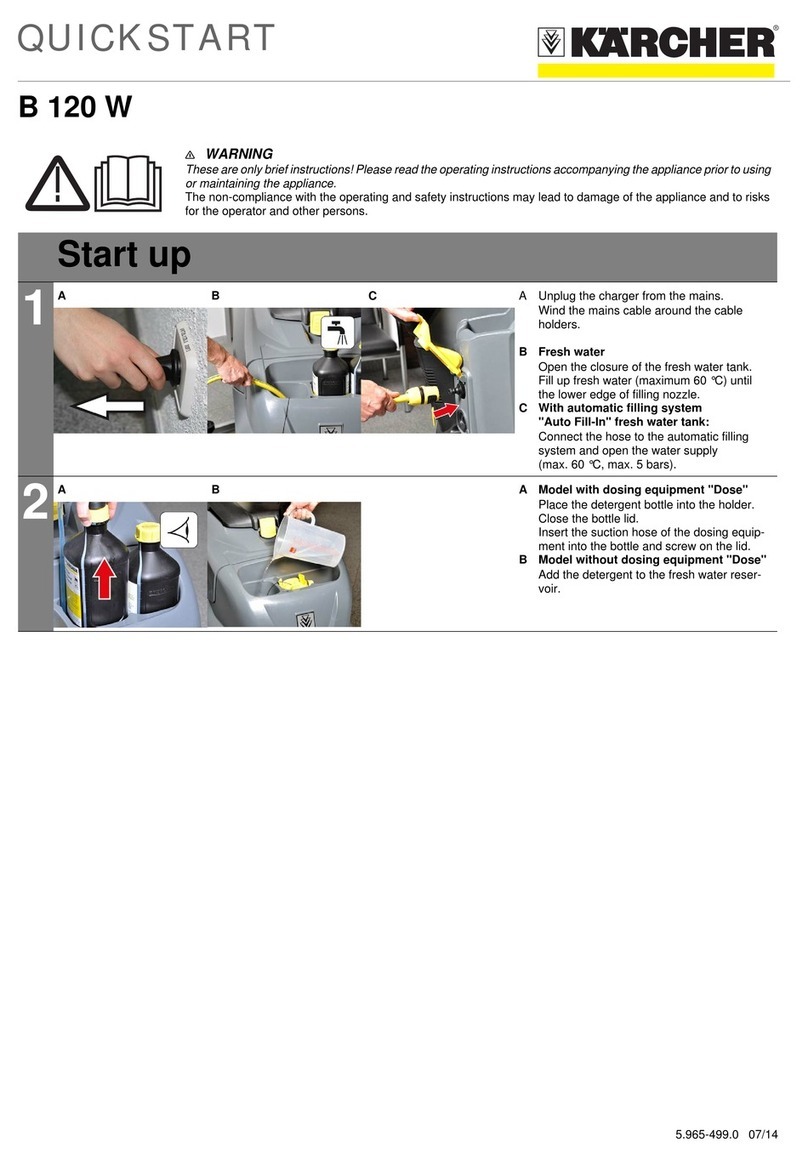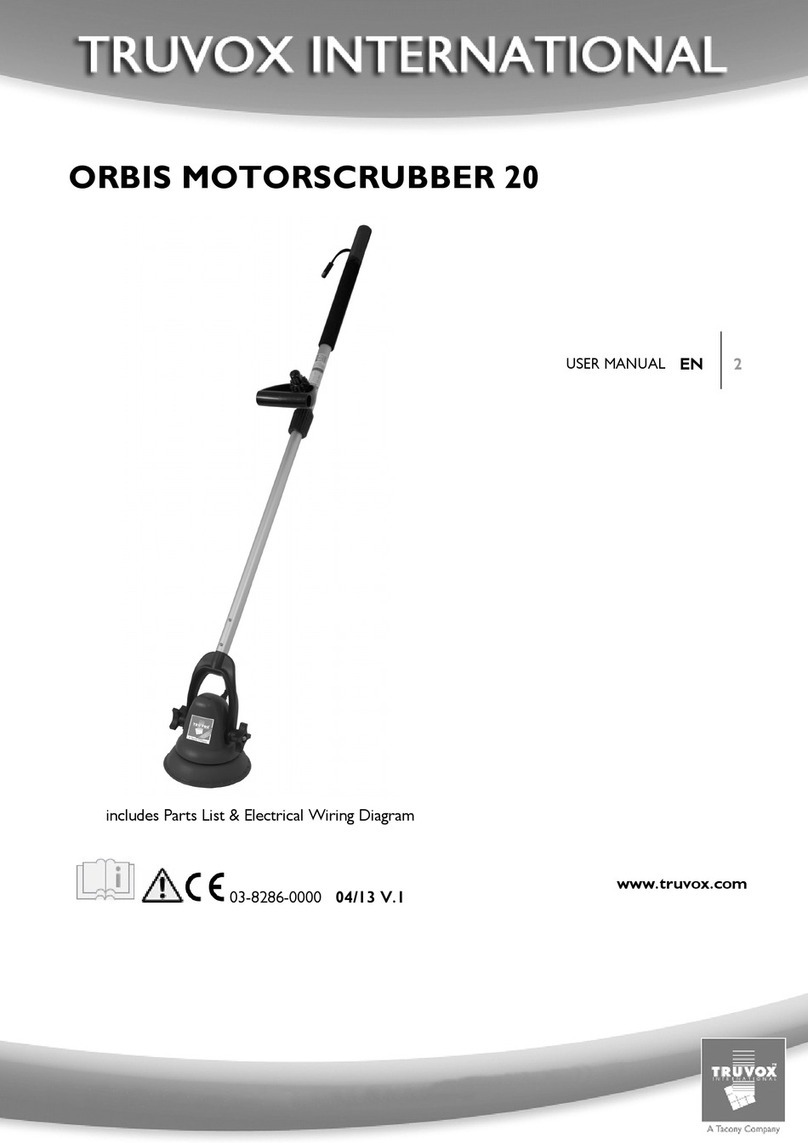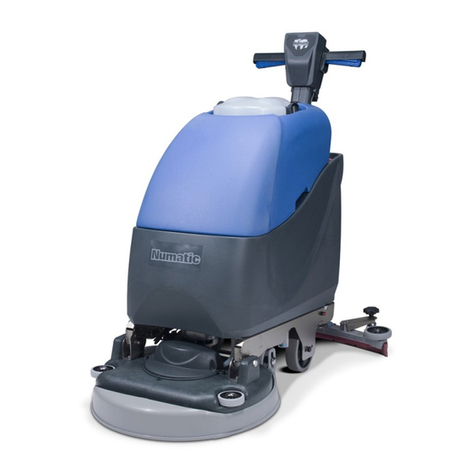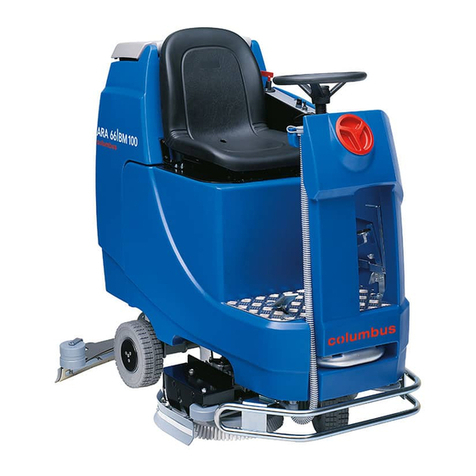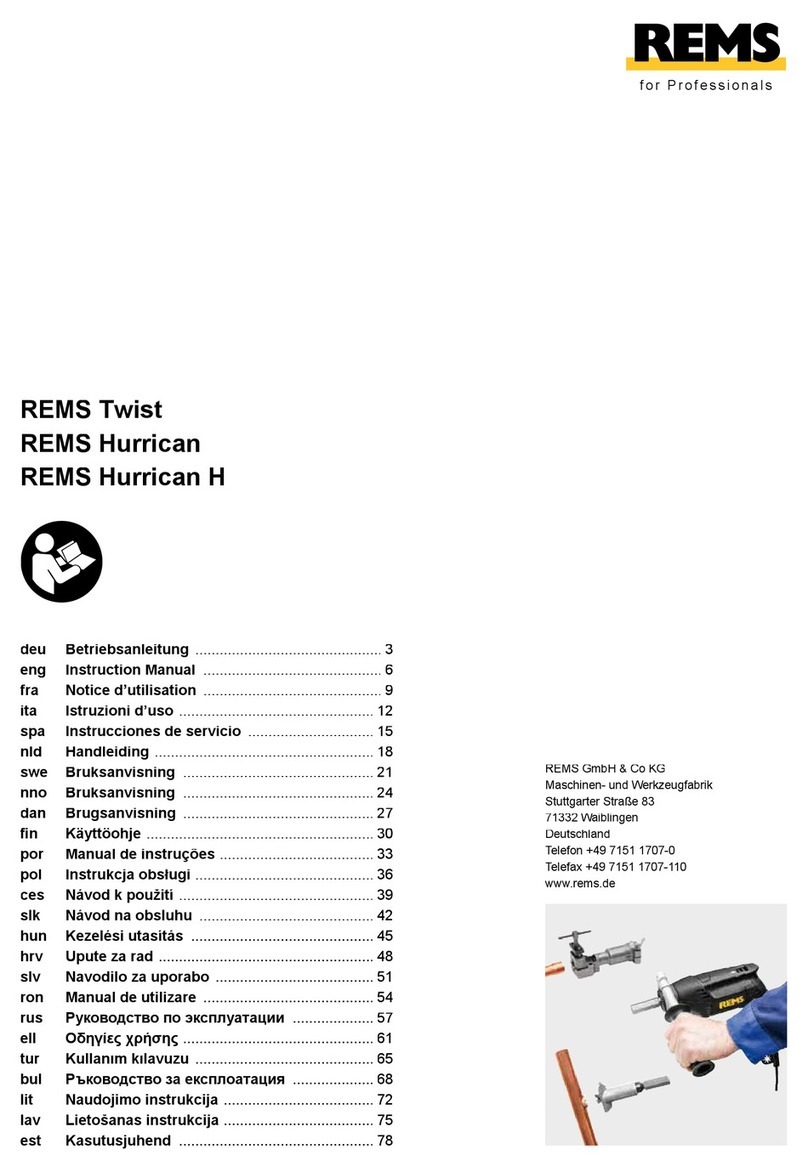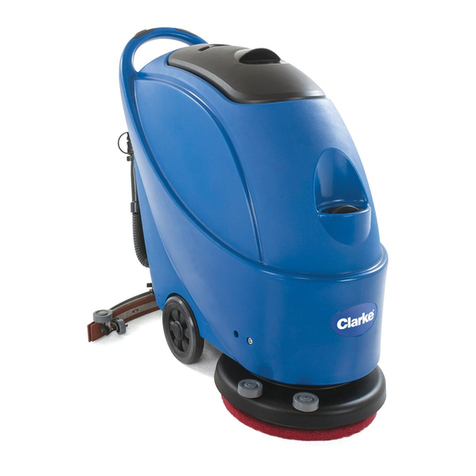
2. General Health & Safety Guidance cont.
7. Remove adjusting keys and wrenches
• Ensure that all adjusting wrenches and keys are removed before switching
the machine ‘ON’. There is a risk of severe personal injury or damage to the
machine from airborne objects.
8. Before switching the machine ‘ON’
• Clear the machine table of all objects (tools, scrap pieces etc.)
• Make sure there is no debris between the work piece and the
table / work support.
• Ensure that the work piece is not pressed against, or touching the saw blade
or cutting tool.
• Check all clamps, work holding devices and fences to ensure that they are
secure and cannot move during machining operations.
• Plan the way that you will hold and feed the work piece for the entire
machining operation.
9. Whilst machining
• Before starting work, watch the machine while it runs. If it makes an
unfamiliar noise or vibrates excessively, switch the machine ‘OFF’ immediately
and disconnect it from the power supply. Do not restart until finding and
correcting the source of the problem.
10. Keep the work area clear
• Working clearances can be thought of as the distances between machines
and obstacles that allow safe operation of every machine without limitation.
Consider existing and anticipated machine needs, size of material to be
processed through each machine and space for auxiliary stands and/or work
tables. Also consider the relative position of each machine to one another for
efficient material handling. Be sure to allow yourself sufficient room to safely
operate your machines in any foreseeable operation.
• Cluttered work areas and benches create the risk of accidents. Keep benches
clear and tidy away tools that are not in use.
• Ensure that the floor area is kept clean and clear of any dust and debris that
may create trip or slip hazards.
11. Consider the work area environment
• Do not expose the machine to rain or damp conditions.
• Keep the work area well lit and ensure that there is artificial lighting available
when there is insufficient natural light to effectively light the work area.
Lighting should be bright enough to eliminate shadow and prevent eye strain.
• Do not use the machine in explosive environments eg. in the presence of
flammable liquids, gases or dust.
• The presence of high levels of dust created by machining wood can present
a risk of fire or explosion. Always use dust extraction equipment to minimise
the risk.
12. Keep other persons away (and pets)
• The machine is designed to be used by one person only.
• Do not let persons, especially children, touch the machine or extension cable
(if used) and keep visitors away from the work area.
• Never leave the machine running unattended. Turn the power supply off and
do not leave the machine unattended until it comes to a complete stop.
• If the work area is to be left unattended, all machinery should be switched
‘OFF’ and isolated from the mains power supply.
13. Store machines safely when not in use
• When not in use, machines should be stored in a dry place, out of reach of
children. Do not allow persons unfamiliar with these instructions or with the
machine to operate it.
14. Do not overreach
• Choose a working position that allows your body to remain balanced and
feed the work piece in to the machine without overreaching.
• Keep proper footing and balance at all times.
15. Electrical supply
• Electrical circuits should be dedicated to each machine or large enough to
handle combined motor amp loads. Power outlets should be located near
each machine so that power or extension cables are not obstructing high-
traffic areas. Observe local electrical guidelines for proper installation of new
lighting, power outlets, or circuits.
• The machine must be connected to an earthed power supply.
• The power supply must be equipped with a circuit breaker that provides short
circuit, overload and earth leakage protection.
• The voltage of the machine must correspond to the voltage of the mains
power supply.
• The mains plug fitted to the machine should always match the power outlet.
Do not modify the plug in any way. If a replacement plug is required it should
be fitted by a competent person and of the correct type and rating for the
machine.
• If you are unsure about any electrical connections always consult a
qualified electrician.
16. Avoid unintentional starting of the machine
• Most machines are fitted with a no-volt release (NVR) switch to prevent
unintentional starting. If in doubt always ensure the machine switch is in
the ‘OFF’ position before connecting it to the power supply. This means the
machine will not automatically start up after a power cut or switching on of
the power supply, unless you first reset the start switch.
17. Outdoor use
• Your machine should not be used outdoors.
18. Extension cables
• Whenever possible, the use of extension cables is not recommended. If the
use of an extension cable is unavoidable, then it should have a minimum core
cross section of 2.5 mm² and limited to a maximum length of 3 metres.
• Extension cables should be routed away from the direct working area to
prevent a trip hazard.
19. Guard against electric shock
• Avoid body contact with earthed or grounded surfaces such as pipes and
radiators. There is an increased risk of electric shock if your body is earthed or
grounded.
20. Always work within the machine’s intended capacities
• Operator safety and machine performance are seriously adversely affected if
attempts to make the machine perform beyond its limits are made.
21. Do not abuse the power cable
• Never pull the power cable to disconnect it from the power socket. Always
use the plug.
• Keep the power cable away from heat, oil and sharp edges.
• Do not use the power cable for carrying or moving the machine.
22. Secure the work piece
• Ensure that the work piece is securely held before starting to machine it.
• When working within 300 mm of the machining area, always use a push stick
to feed the work piece in to the blade or cutting tool. The push stick should
have a minimum length of 400 mm. If the push stick becomes damaged,
replace it immediately.
• Use extra supports (roller support stands etc.) for any work pieces large
enough to tip when not held down to the table top.
• Do not use another person as a substitute for a table extension, or as
additional support for a work piece that is longer or wider than the basic
table, or to help feed, support, or pull the work piece.
• Do not attempt to machine more than one work piece at a time.
• When feeding the work piece towards the blade or cutting tool never position
your hands in direct line of the cutting path. Avoid awkward operations and
hand positions where a sudden slip could cause your hand or fingers to move
into the machining area.
23. Stay alert
• Safety is a combination of operator common sense and alertness at all times
when the machine is being used.
• Use all machines with extreme care and do not use the machine when you
are tired or under the influence of drugs, alcohol or medication.
24. Use the correct tool for the job
• Do not use the machine for any purpose other than which it was designed.
• When selecting replacement cutting tools and blades, always ensure that they
are designed to cut the material that you intend to use them for. If in any
doubt seek further advice from the manufacturer.
25. Connect dust extraction equipment
• Always use dust extraction equipment. The dust extractor should be of
suitable size and capacity for the machine that it is connected to and have
a filtration level appropriate to the type of waste being collected. Refer to
